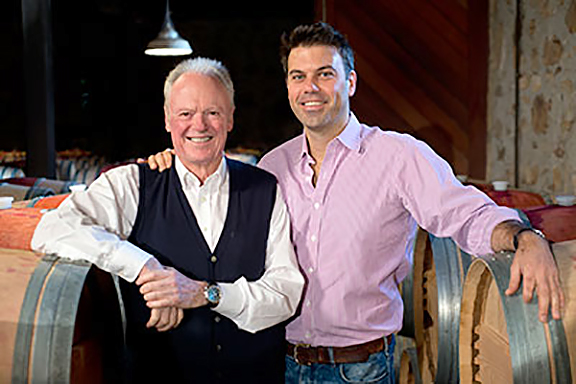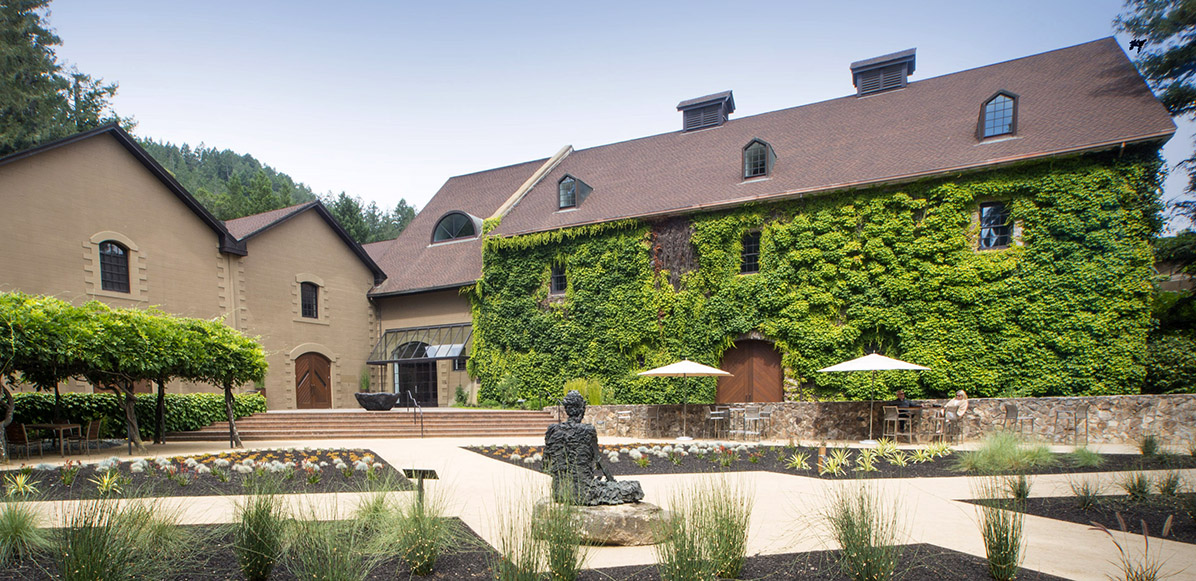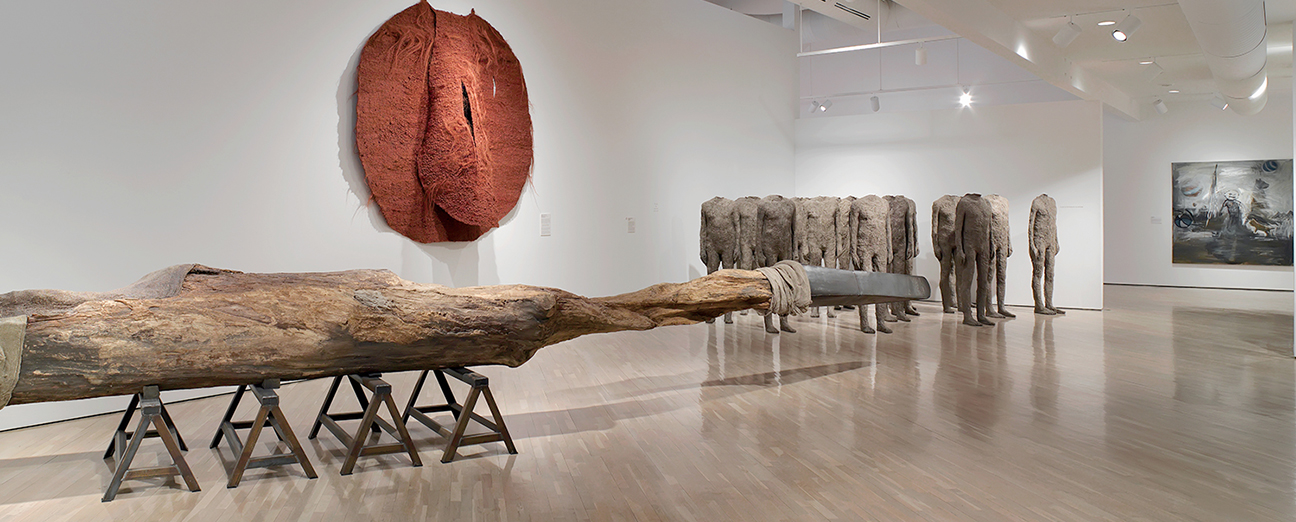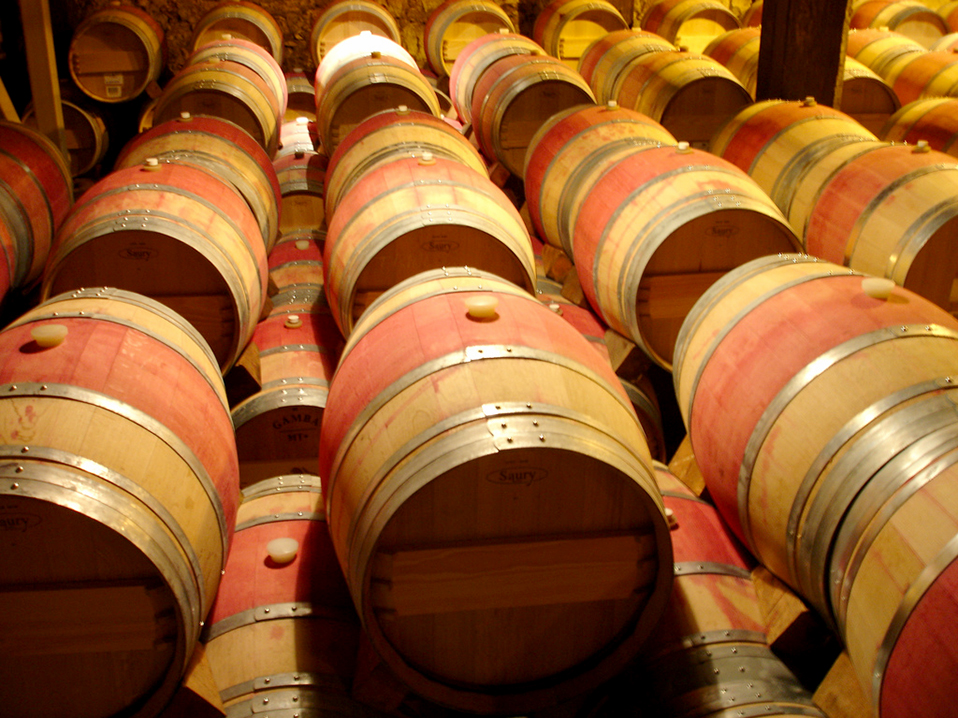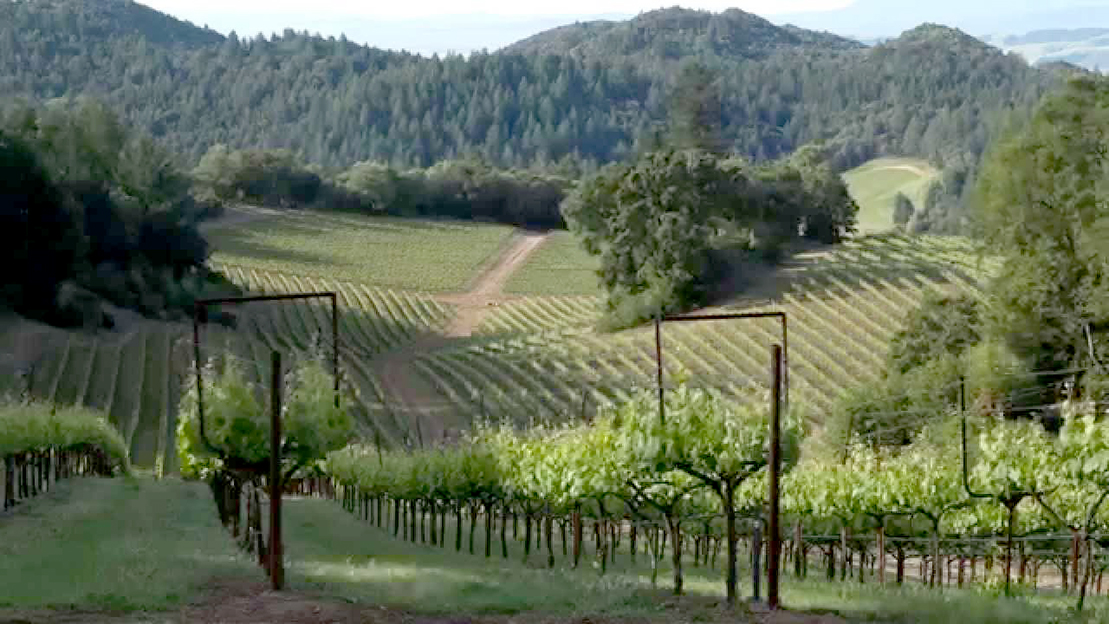Pale-medium ruby color; cherry, raspberry; spice, rose flower on the nose; cherry, plum, blueberry, raspberry, clove, vanilla on the palate.
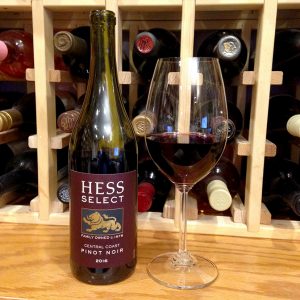
Dry; velvety tannins; modest acidity (3.81 pH); very little oak from up to 12 months in neutral French oak, hint of mocha on the finish. Mucho juicy, ripe fruits, flirting with jammy; light-medium body; soft in the mouth; slightly flabby as result of the reserved acidity, but competes well with Central Coast pinot noirs at its price point; 14.2% ABV, but with juiciness and body, no burn. Fruit-forward easy drinker rather than remarkable expression of California pinot noir.
This is another example of the sense of sweetness that is not caused by residual sugar but what is called phenolic or physiological ripeness, achieved when the grape skins and stems are very ripe. The winery notes a cooler than usual August allowed more hang time and ripening, and it shows in this “hedonistic” expression of pinot noir. Such wines tend to be straightforward and generous is sensual terms, and this fits that description, to the exclusion of complexity and depth. That’s fine—many people will happily slurp this down at its price point and leave the ethereal and empyrean efforts of Burgundy and Willamette Valley to those with more disposable incomes.
Hess Select are the Hess Family Wine Estates entry-level offerings. They feature attractive pricing and good-quality-for-price value. This solidly fits that mold. Hess Family Wine Estates is a family-owned, fifth-generation company committed to responsible agriculture and business practices. The are certified Napa Green, a commitment they have pursued since 1978.
Hess enjoys a storied history in Napa wine. In the 1880s, the families of Fisher, Brandlin, and Streich H. Hudeman settled on the property where the Hess Collection Winery now sits. Hudemann established a botanical garden that included a 12-acre vineyard and small winery. From 1884 to 1990 Rudolph Jordan owned the estate and made significant contributions to winemaking, including being the first to use cool fermentation and inoculated yeast.
Col. Theodore Gier, a prominent wine merchant and leader in the California wine industry owned the property from 1900 to 1929. Gier planted more vineyards and built the three-story winery that today holds the Hess Collection’s art gallery and its historic barrel chai (an above-ground building that stores wine in casks).

The stock market crash ended Grier’s operations, and in 1930 the Christian Brothers purchased the property to establish a new novitiate, school, and winery. The Brothers expanded the winery and began producing Mont La Salle wines, a major provider of Catholic sacramental wines still today, although now from other properties and different owners.
In 1978, Donald Hess, a Swiss entrepreneur, purchased 900 acres of land on Mount Veeder, with 20 acres planted in wine vines. Looking for space for grape production, he leased the Christian Brothers winery on Mount Veeder in 1986. In 1989, he opened a visitor center and a gallery to present his extensive art collection. In addition to vineyard purchases, Hess also set aside more than 600 acres to support wildlife corridors, fish-friendly farming practices, and biodiversity with the mantra: “nurture the land and return what you take.”
Over succeeding years, Dave Guffy became the second director of winemaking and Hess increased its emphasis on sustainable winegrowing, including helping establish the Napa Green program and gaining certification in 2008. Donald Hess retired in 2011 and Timothy Persson, Donald’s son-in-law, became the CEO, the fifth generation of the Hess family to guide the operation. Timothy is joined by his wife, Sabrina, whose mission is to develop The Hess Collection into a world-class brand and destination.
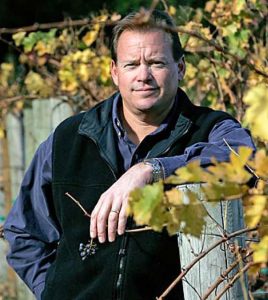
Hess Select Central Coast Pinot Noir 2016 is easy drinker with plenty of ripe fruit flavors. It is dependable, tasty representative of California pinot in the less-than-$20 price range, and this vintage is one of their best. Enjoy the experience, but don’t look for depth and complexity—this does not drink like a Burgundy or Willamette Valley pinot. Pair with grilled salmon; baked and rotisserie chicken; pork tenderloin; pizza; burgers and sliders; creamy cheeses; brie and crackers. Nice party wine that will entertain guests and not demolish your bank account. Might dent it a little. $16-20
Nice video of the Hess Collection story
